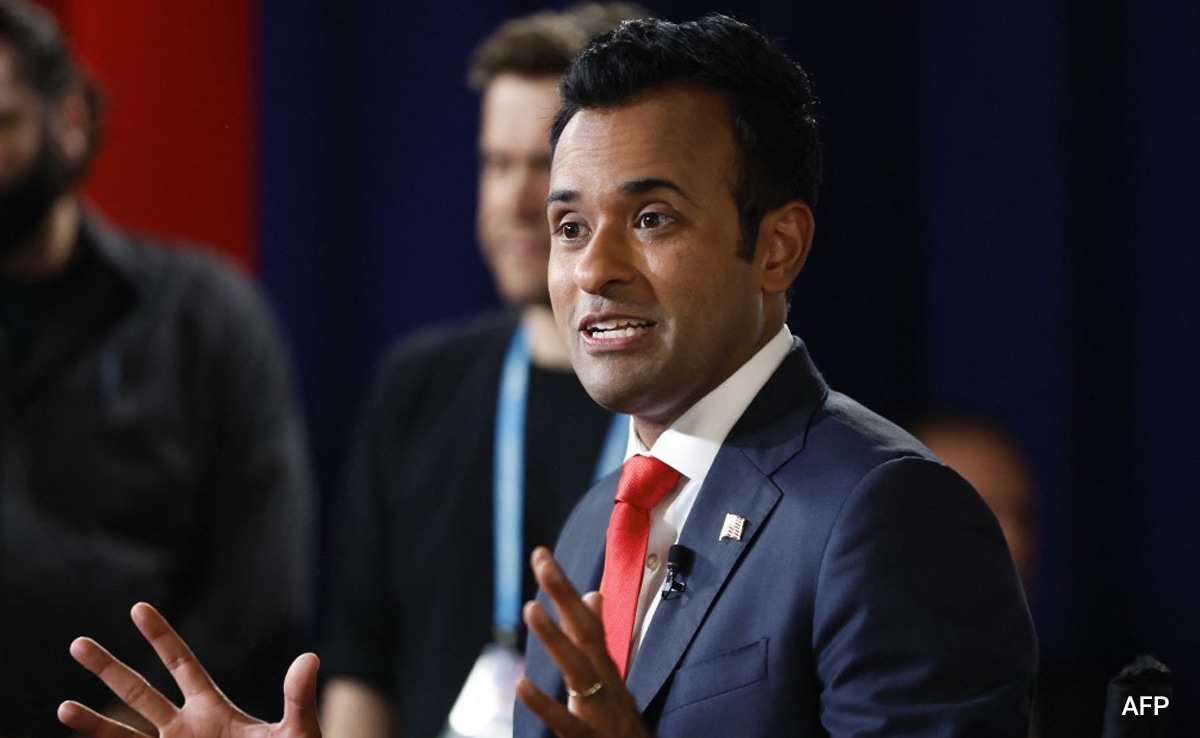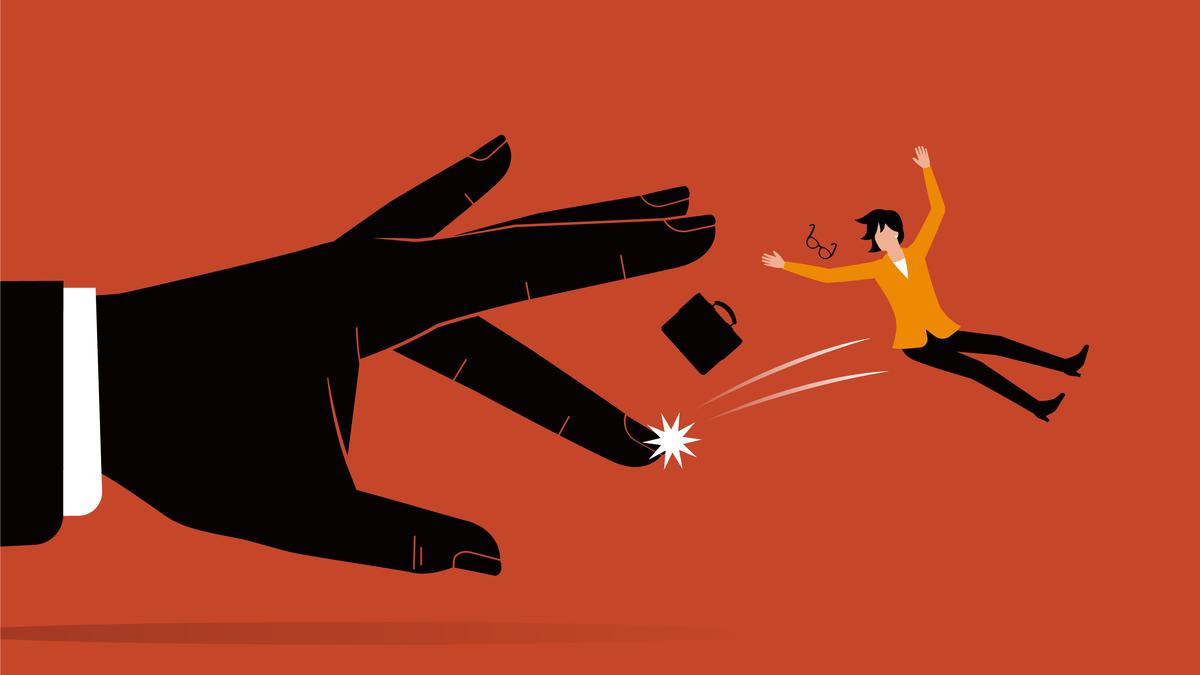Raj P., Roulet T.J. and Bapuji H., ‘It’s not who you know, but who you are: Explaining income gaps of stigmatized-caste business owners in India’, PLoS ONE 19(8), 2024
According to the “Income and Wealth Inequality in India” report published by the World Inequality Lab this year, the top 1% of Indians received 22.6% of the national income in 2022, a significant increase from 11.5% in 1951. Meanwhile, the income share for the bottom 50% dropped from 20.6% in 1951 to 15% in 2022, and the middle 40% saw their share decline sharply from 42.8% to 27.3% over the same period.
Reports analysing income inequality in India have been on the rise. While many studies focus on how economic and social discrimination affect people’s ability to improve their economic mobility, Raj P, Roulet T.J., and Bapuji H. examine the role of stigma in income inequality among Dalits, specifically focusing on business owners. Factors like social and human capital significantly influence economic capital, but it is crucial to understand how effectively Dalits can leverage these resources compared to other disadvantaged communities due to the unique impact of stigma. Through quantitative analysis, the authors provide an in-depth examination of how systemic stigmatisation impacts the economic status of Dalit business owners. While other disadvantaged groups also face inequalities along demographic lines such as gender, race, and caste, the stigma against Dalits exacerbates their economic challenges. For instance, women face hiring and wage discrimination, losing about half a job level and 15% in wages, and similar income disparities affect racial minorities, LGBT individuals, and those from disadvantaged social backgrounds. However, the stigma associated with being a Dalit according to the authors, further restricts access to resources and opportunities, leading to even greater economic disparities.
Institutionalised stigma
A central theme of the research is the concept of institutional stigma, which is defined as the stigma ascribed to individuals based on their demographic group membership. This stigma operates subtly through interconnected social mechanisms, reflecting societal power dynamics and serving as a tool for dominant groups to exert control over marginalised communities. The prejudice resulting from stigma is perpetuated through multiple “institutionalised” channels, including access to resources, opportunities, and individual dignity. Such stigma adversely affects the economic opportunities and outcomes for Dalit business owners, who, due to their historically marginalised status, experience lower income levels compared to other disadvantaged communities. This systemic stigmatisation restricts their access to resources and opportunities, hindering their economic advancement.
Defining capitals
To understand how societal factors affect Dalit business owners’ economic progress, it’s crucial to explore the roles of social and human capital. Social capital encompasses the networks and relationships individuals leverage for social mobility, divided into bonding and bridging types. Bonding social capital refers to ties within one’s immediate community, such as family and friends, while bridging social capital involves connections beyond communities. Institutional stigma tends to worsen the economic disadvantages faced by Dalits, especially at higher levels of bridging social capital, due to increased out-group prejudice. Human capital, by contrast, focuses on individual capabilities such as education and professional skills.
Methodology
Using data from the India Human Development Survey (IHDS) of 2011, which includes data on caste, business ownership, and income, the study employs Ordinary Least Squares (OLS) regression models to analyse income disparities among business-owning households. The survey has covered over 42,000 households from different demographic groups, in 373 districts across India. The survey shows that 21% (8,800 households) own at least one non-farm business, that are mostly a micro or small business, with an income around ₹1 lakh, annually.
Moreover, to assess the impact of social and human capital on economic outcomes, the study uses business income as the dependent variable, measured as the total income from a household’s business. Given that business income data can be skewed, a log transformation is applied to stabilise variance and normalise the distribution. Institutional stigma is captured with a dummy variable, distinguishing Dalit households. Social capital is evaluated through the number of professions a household has personal connections with — such as doctors, politicians, government employees, lawyers, business owners, bankers and journalists — and includes bridging social capital while controlling for bonding social capital. Human capital is represented by the highest level of adult education in the household, and is used both as a control variable and in interactions to test its effect on mitigating income disadvantages related to institutional stigma.
Stigma and income
The study reveals various findings on how stigma affects an individual’s capacity to earn, highlighting the complex interplay between social and human capital in this context. Dalit business owners earn less than their counterparts from other disadvantaged communities as institutional stigma has a negative correlation with business income. Moreover, while social capital is generally advantageous, it has less impact on Dalit business owners’ ability to earn more compared to other business owners. This is particularly true because Dalits must bridge social capital, and cultural and normative barriers hinder their ability to benefit from these connections, even when they exist. Though the authors initially hypothesise that human capital can mitigate income disadvantages for Dalit businesses, the data analysis reveals otherwise. While human capital is crucial in influencing income outcomes and benefits business owners from both stigmatised and non-stigmatised communities, it is insufficient to overcome the income disadvantage resulting from institutional stigma for Dalit entrepreneurs. This finding underscores the limitations of human capital in addressing systemic inequalities.
The findings must be considered within the context of their limitations. For instance, the authors note that the indicator of social capital is somewhat coarse, as it captures data on people’s connections to various groups and professions but does not measure the number or strength of these connections. Despite these limitations, the study makes a significant contribution to the discourse on economic inequality. By demonstrating that earning capacity varies even among stigmatised communities due to the stigma and perceptions attached to certain groups, the paper highlights the inadequacy of general or universal policies and strategies in addressing these disparities. It underscores the need for tailored policies that cater to the specific needs of each community. Thus, a more nuanced approach is essential to ensure that individuals from stigmatised groups can ascend the economic mobility ladder.
The author is a freelance journalist.












